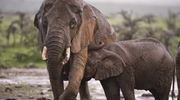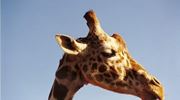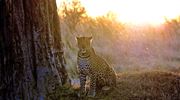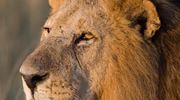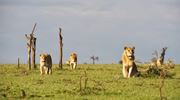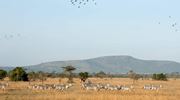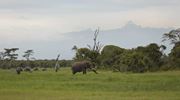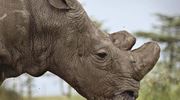Ol Pejeta Conservancy, Kenya
Home of the world’s last two northern white rhino: A role model for conservation.
Resting at the foot of Mount Kenya, overlooked by its dramatic snow-capped peak, Ol Pejeta Conservancy is a beautiful destination for nature enthusiasts. The Conservancy is renowned for protecting various species, including the world's last northern white rhinos. A wide variety of wildlife can be enjoyed, from lion to giraffe and elephant, as well as chimpanzees. Our guests can enjoy game drives and reflective moments at camp, with opportunities to observe elephant feeding on whistling thorn trees or lion stalking the plains. Whether photographing the Big 5 or reading a book, you'll savour the warmth and hospitality of our staff and feel right at home in the Ol Pejeta Conservancy.
Where is Ol Pejeta Located
Located in central Kenya, Ol Pejeta Conservancy is a remarkable destination, offering both traditional safaris and a prime opportunity to witness wildlife conservation efforts firsthand. Our guests enjoy the unique opportunity to explore the protected rhino sanctuary and track locally collared lions alongside dedicated researchers. The Conservancy is a true pioneer in land management, with cattle ranching and wildlife conservation existing in harmony.
Our secluded and boutique Ol Pejeta Bush Camp is nestled beside the scenic Ewaso Ngiro River and offers seven spacious, eco-friendly tents. Experience a variety of conservation adventures, ranging from joining the rangers for a morning run through the reserve, to encountering the anti-poaching dogs at work, tracking lion with researchers, or enjoying safaris by day and night. It is easy to get to Ol Pejeta - just a four-hour drive from Nairobi or a quick flight to Kamok airstrip, followed by a 45-minute drive to the camp.
Gallery
Browse our image and video galleries below to see some of the wildlife, scenery, activities and accommodation in the Ol Pejeta Conservancy.
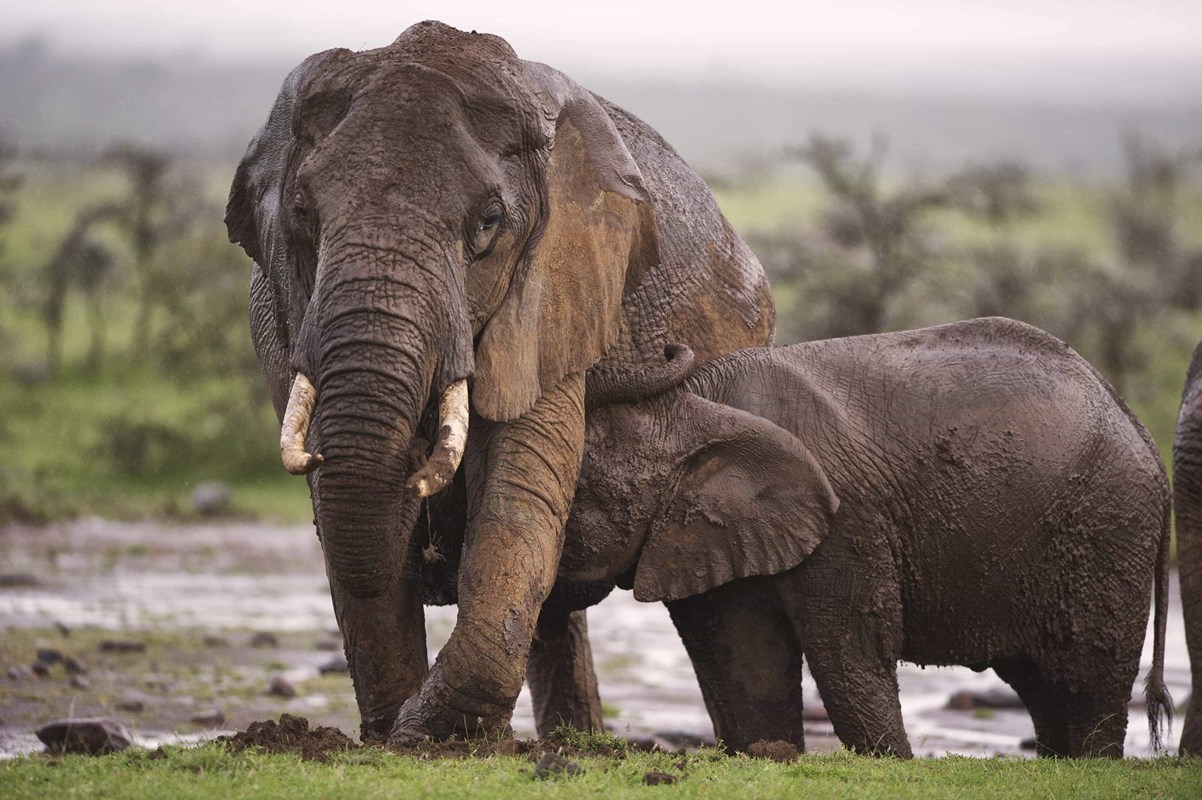
A couple of elephant enjoying a mud bath.
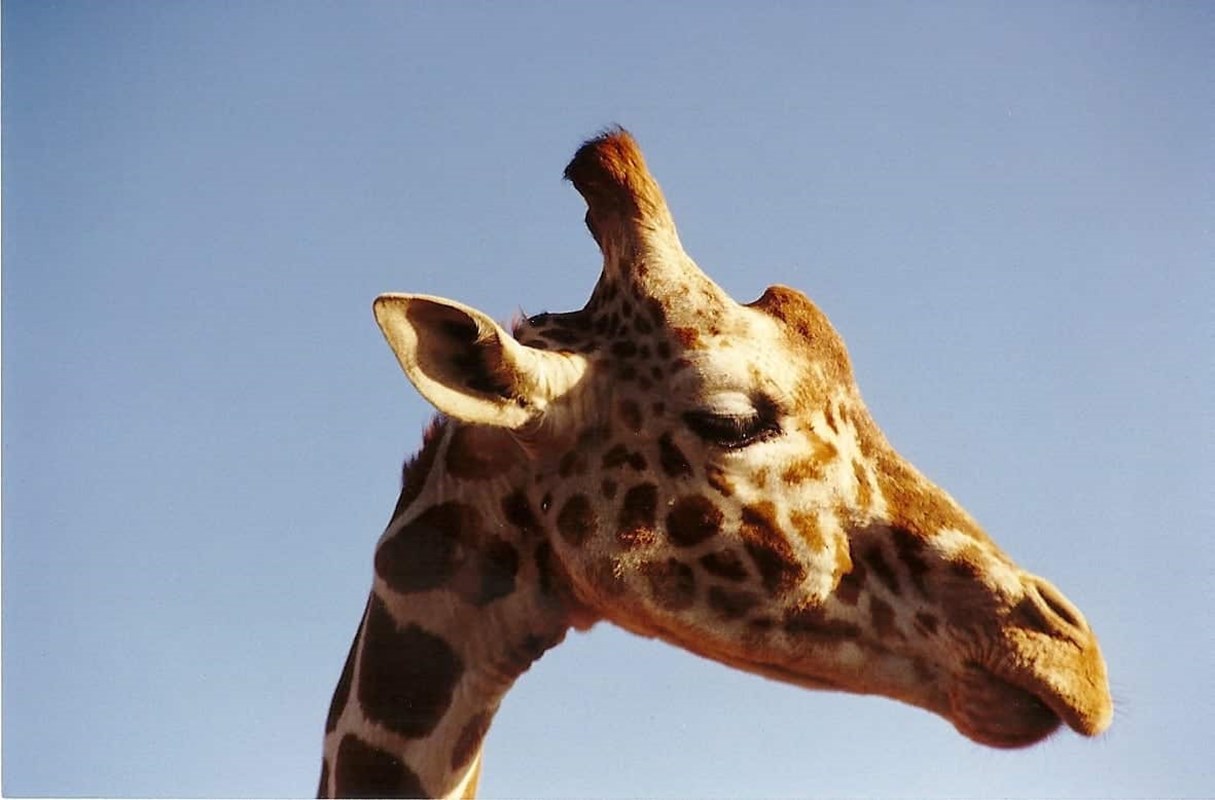
A giraffe spotted while out exploring the region.
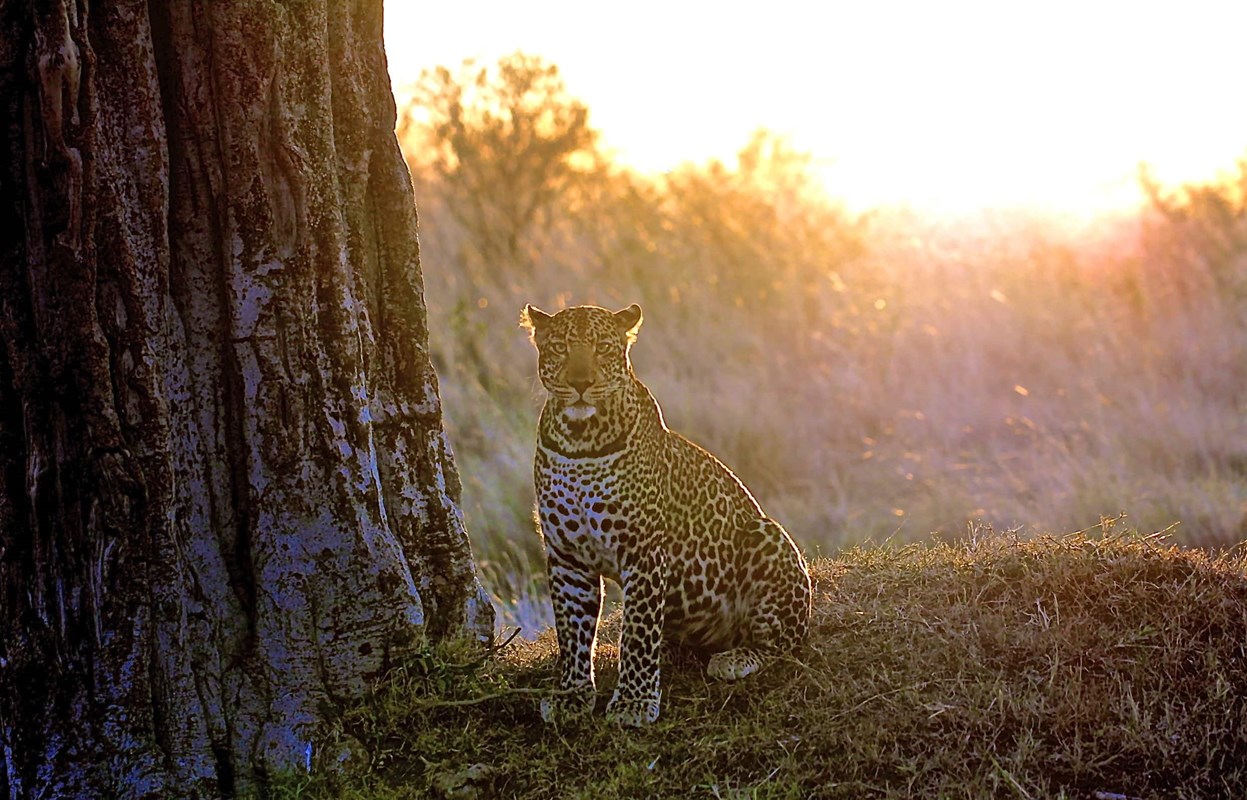
A leopard lounges in the morning sun rays.
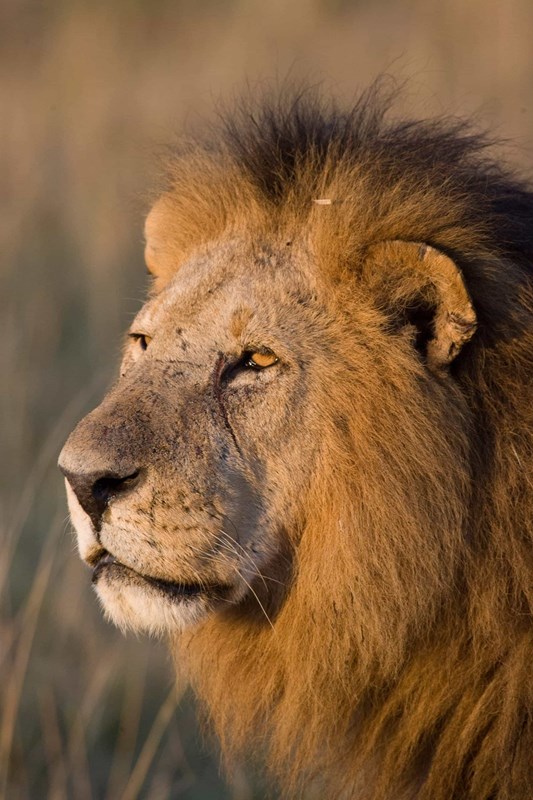
A gorgeous male lion basking in the sun.
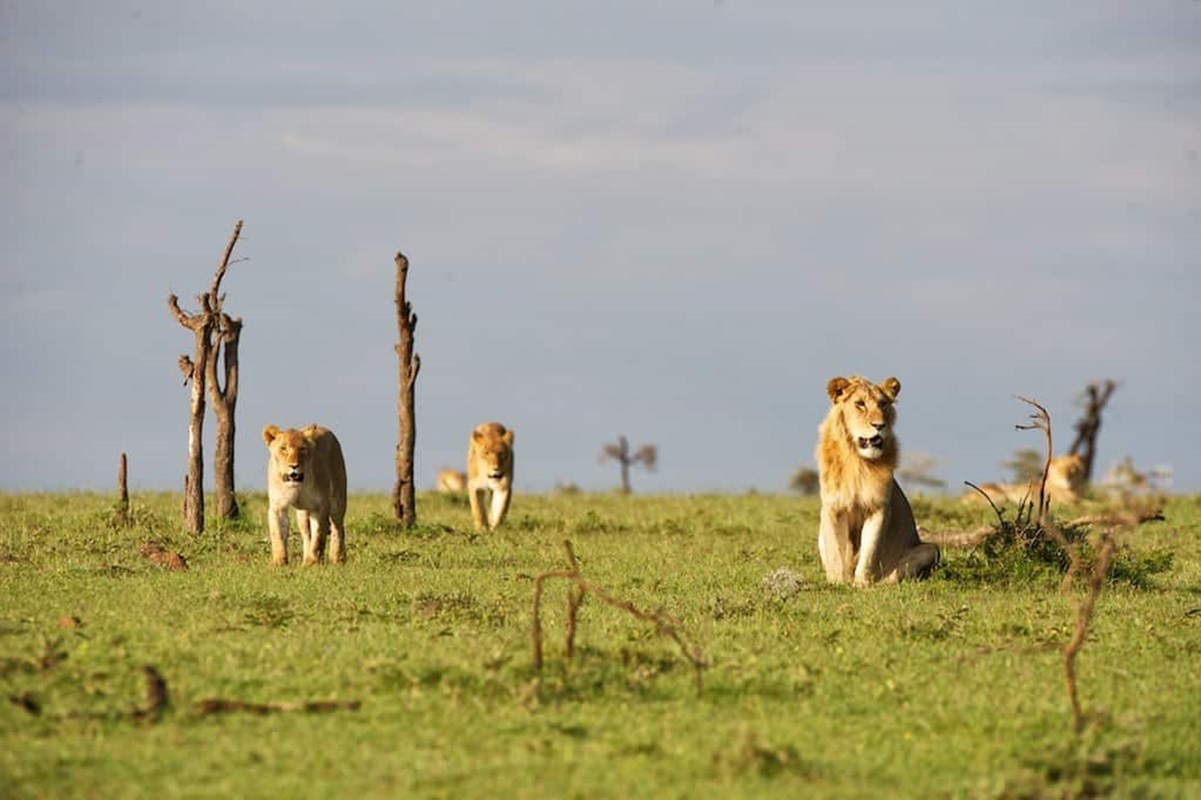
A lion pride make their way through the grasslands.
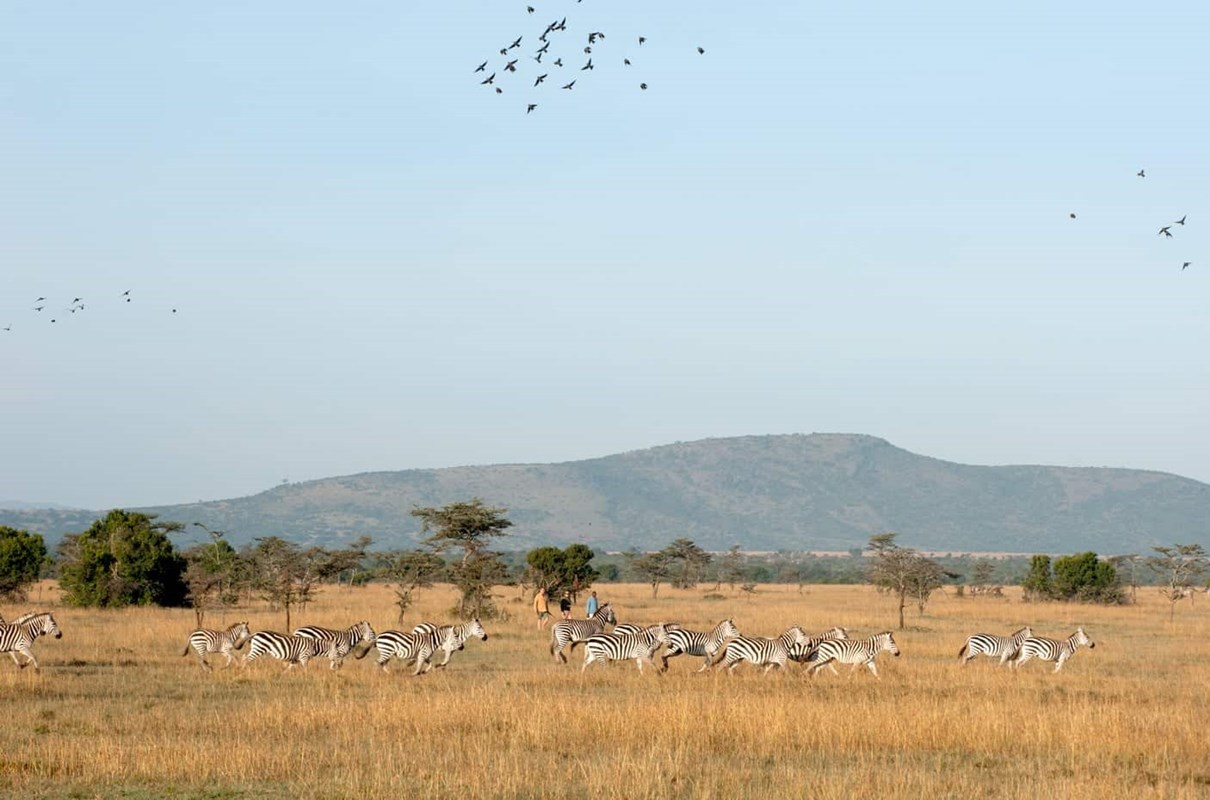
The conservancy is home to a large number of wildlife species.
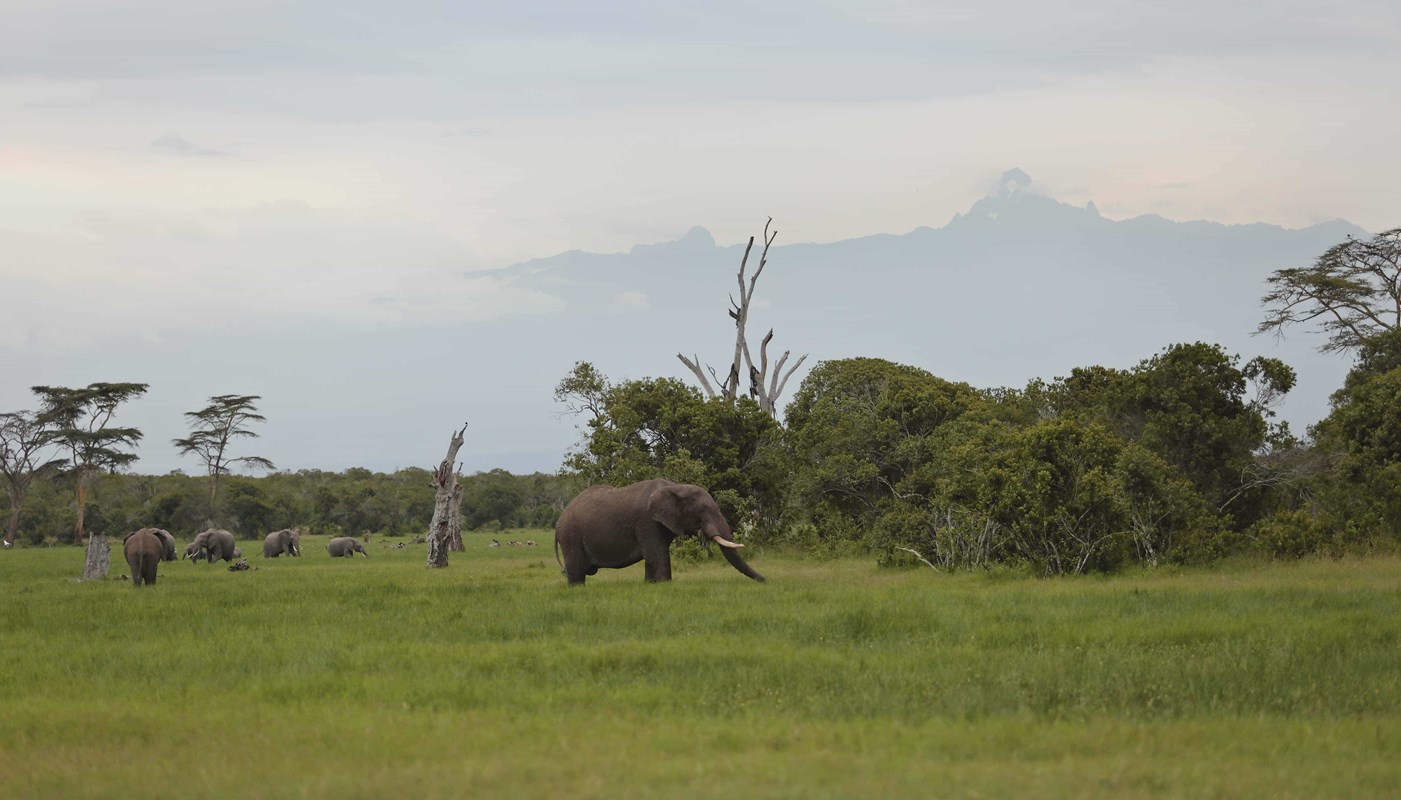
An elephant makes his way through the grasslands in Ol Pejeta Conservancy.
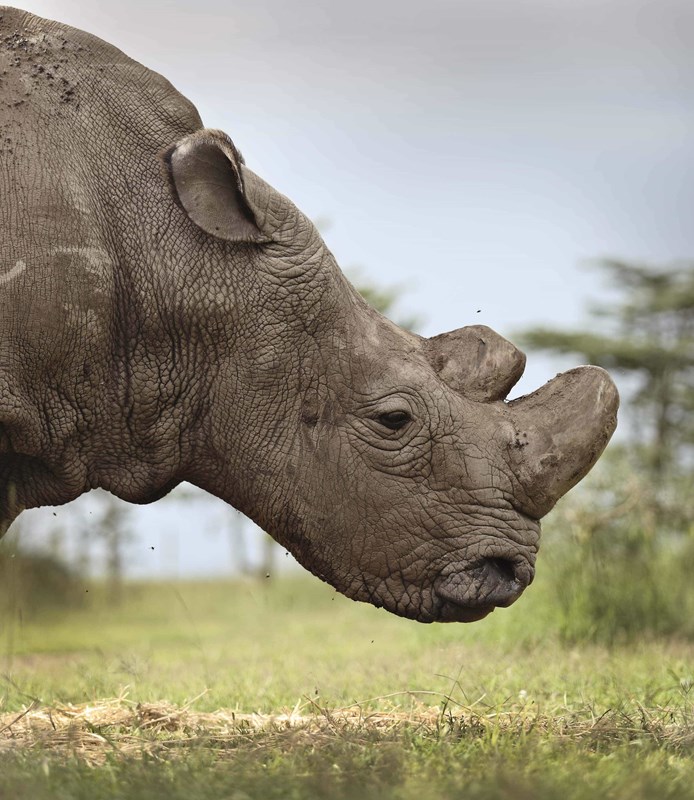
One of the last northern white rhino in the world.
When to visit Ol Pejeta
Ol Pejeta can be reached by car from Nairobi in approximately four hours, or by light aircraft from Nairobi or the Masai Mara. Our exciting safari adventures can also be combined with a romantic and tranquil beach excursion on the sun-drenched Kenyan coast or the historic spice island of Zanzibar.
January – March
Why travel at this time
Experience lush landscapes and crystal-clear air during these months without rain. February brings flocks of white storks, and clear conditions are ideal for photography. Savour the majestic sights of Mount Kenya by day and warm yourself by the campfire at night.
Climate
February is primarily hot and dry, with an average high of 27°C (81°F). Evenings at 1,800 metres (5,900 feet) above sea level can be chilly with an average low temperature of around 7°C (45°F), so pack layers. Heavy rains typically begin in mid-March.
April – June
Why travel at this time
The rainy season is perfect for adventurous game drives if you want to avoid crowds and take advantage of lower rates. There is still plenty to see, as big cats often use roads to avoid wet grass, and there are enough dry spells to be out and about to explore. Lush vegetation and drier conditions arrive in June after the camp's closure in May.
Climate
The long rains in Ol Pejeta run from mid-March to May, with April experiencing the heaviest rainfall. By June, the Conservancy is mostly dry. The average temperature ranges from 11°C (52°F) to 25°C (77°F).
July – September
Why travel at this time
The dry season is the perfect time for Big 5 enthusiasts to spot wildlife as the vegetation thins and grass levels are lower. Watering holes become a hive of activity for predators as more significant game numbers gather at the available water sources. Tourists are aplenty, but school holiday crowds thin out in September.
Climate
This is the dry season, but some afternoon showers may occur in August. The average high temperature in July and August is 23°C (72°F), increasing a couple of degrees in September, with average low temperatures around 9°C (48°F).
October – December
Why travel at this time
Late September through October is a great time to visit Ol Pejeta. With fewer tourists, it's easier to spot wildlife. The short rains in November and December rejuvenate the grasslands, turning the landscape green and welcoming migratory birds. This is an ideal time to see cheetah using the taller grass to aid their hunting.
Climate
The short rains start in late October or November and end in December. High temperatures average around 24°C (75°F), while low temperatures average around 9°C (48°F).
Ol Pejeta Conservancy Itineraries
Let us plan your dream safari adventures in Ol Pejeta and Laikipia, tailored to your preferences. Our team of experts will provide personalised advice and support throughout your trip-planning process. Here are a few excellent examples to help inspire you and get you started.
 itinerary
itinerary
All Asilia: Family safari with younger children
Discover the hidden wildlife gems of Kenya’s famous safari circuit with your family.
 itinerary
itinerary
Kenya Explored
Uncover some of Kenya’s most wildlife-rich and scenically stunning landscapes on this exciting safari.
Ol Pejeta Activities
Come and discover the exceptional wonders of Ol Pejeta Bush Camp. Enjoy exciting game drives, venture out into the wilderness on nocturnal and photographic safaris, witness the remarkable efforts of the canine anti-poaching unit, and even join a run with the wildlife rangers. You can tailor your safari experience to your liking and create unforgettable memories in this incredible conservation haven.
Game Drives: Experience the Conservancy's diverse wildlife and myriad bird species by joining us on a game drive. Our 4x4 vehicles accommodate up to five guests, except for our eco-friendly electric vehicle, which is carbon-neutral and noiseless and can seat up to seven passengers.
Night Drives: Experience a unique wildlife adventure by exploring the depths of the African darkness. Discover antelopes, their predators, and nocturnal creatures like aardvark, zorilla (which resemble skunks), and white-tailed mongoose. Some of these animals are incredibly rare, making sightings a special treat.
Meet the Northern White Rhino: Experience a rare opportunity to visit the world's last two remaining northern white rhino. Located at Ol Pejeta Conservancy, the rhino are protected by 24-hour armed security within an enclosed habitat. Additionally, you can see Grévy's zebra and Jackson's hartebeest in this secure and predator-free environment.
Canine Anti-Poaching Unit: Explore the Conservancy's bloodhound dog kennels to discover the specialised training that turns these dogs into effective anti-poaching patrollers.
Lion Tracking: Come along with the researchers as they track collared lion throughout the Conservancy, learn about various prides, and distinguish individual lions from one another.
Wildlife-livestock Integration: Come and witness the development of this biodiversity hotspot through a unique model that integrates wildlife, conservation, and livestock, managing more than 6,000 cattle while preserving the environment.
Running the wild: Join the rangers for an early morning run to stay on track with your fitness plan. Afterwards, enjoy coffee and learn about their essential roles in the Conservancy.







